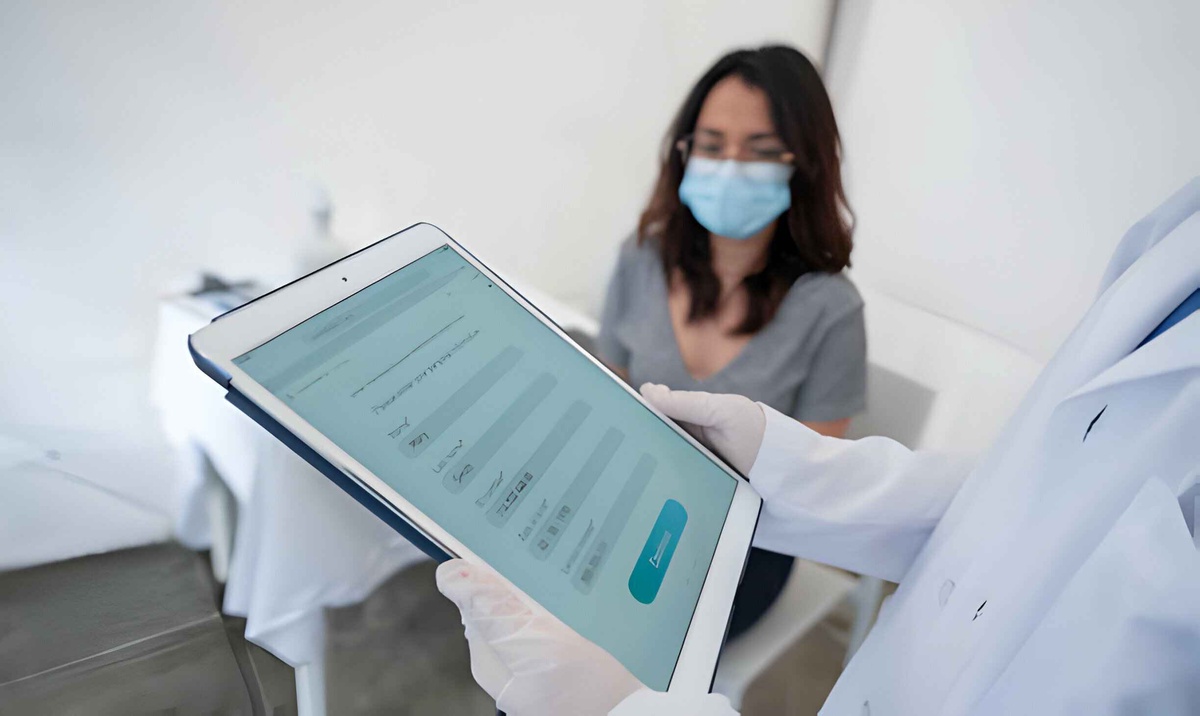Remote patient monitoring (RPM) allows doctors to monitor their patient's health from a distance. But figuring out how to get paid for it can be tricky.
Here's a straightforward guide to help you understand how to bill for remote patient monitoring:
What is Remote Patient Monitoring?
Remote patient monitoring means doctors can watch how patients are doing without needing to visit the doctor's office all the time. It happens when the Remote Patient Monitoring Services provider does better work. It's like having a check-up without leaving home.
Patients use special gadgets, like blood pressure machines or scales, to measure things like blood pressure, weight, or heart rate. Then, they send this info to their doctor online.
The doctor looks at the data and sees if everything's okay or if there's a problem. This helps catch issues early before they get worse. For example, if someone has diabetes, their doctor can keep track of their blood sugar levels without needing them to come in often.
This saves time for both patients and doctors and makes it easier to manage ongoing health conditions. In short, remote patient monitoring is a handy way for doctors to keep an eye on their patients' health, even from a distance.
Who Can Bill for Remote Patient Monitoring?
Who can bill for remote patient monitoring? Only certain healthcare providers, like doctors or nurses, can do it. The patient must have a condition that needs regular check-ups, such as diabetes or high blood pressure.
These conditions last a long time and need ongoing care, which is why it's important to monitor them closely. Remote patient monitoring helps doctors keep track of these patients without them needing to visit the doctor's office all the time.
It's like having a virtual check-up from home! So, if you're a healthcare provider and your patient has a condition like diabetes or high blood pressure, you might be able to bill for remote patient monitoring.
Just make sure you follow all the rules and guidelines to do it correctly. It's a helpful way to keep patients healthy and save them from making too many trips to the doctor's office.
Codes for Billing Remote Patient Monitoring
When it comes to billing, there are specific codes used for remote patient monitoring:
-
CPT 99091: This code covers the cost of collecting and reviewing data sent by the patient to the doctor.
-
CPT 99457 and 99458: These codes are used for managing the patient's treatment remotely. The first one is for the initial 20 minutes of a month, and the second one is for each additional 20 minutes.
What You Need to Document
Keeping good records is very important when it comes to billing for remote patient monitoring. You need to write down all the information you get from the patient, like their blood pressure or weight.
If something seems off, like if their blood pressure is too high, you'll need to write down what you did about it, like adjusting their medicine or asking them to see you.
Also, it's important to write down any talks you have with the patient, whether it's on the phone, through messages, or on a video call. These records help show you're giving good care and can help you get paid for what you do.
So, make sure you write down everything and keep your records in order! It's a key part of making sure your patients get the best care possible, even from far away.
The Billing Process
Here's a simple breakdown of how to bill for remote patient monitoring:
-
Get the Patient Set Up: Make sure the patient understands how to use the monitoring devices.
-
Collect and Review Data: Regularly check the data the patient sends and look for any changes or issues.
-
Document Everything: Keep detailed records of your interactions with the patient.
-
Submit Your Claim: Use the right billing codes when you submit your claim for reimbursement.
-
Follow-up: Keep track of your claim and make sure you get paid.
In Conclusion
Billing for remote patient monitoring might seem complicated, but it doesn't have to be.
By understanding the process and following these simple steps, you can make sure you get paid for the valuable services you provide to your patients, even from a distance.


No comments yet